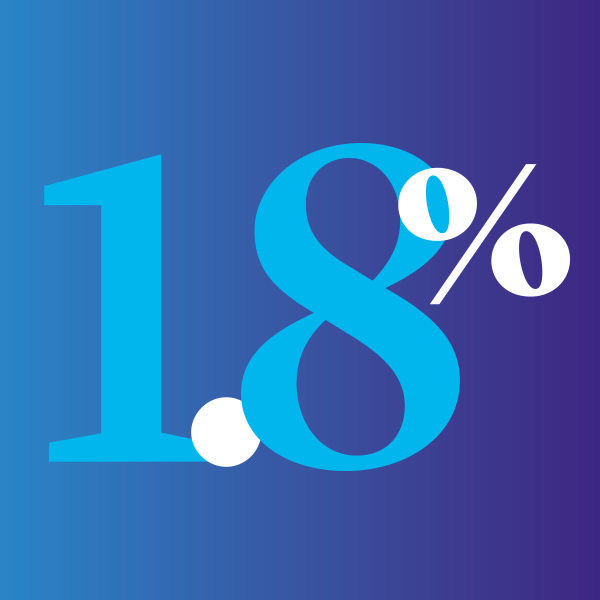Do disappointing economic indicators have an upside?
The economic outlook may not be as bleak as it sometimes feels for businesses linked to manufacturing.

There’s been plenty of economic doom and gloom swirling around lately, with industrial confidence dropping in Europe to levels not seen since July 2020 on some estimates.
Perhaps that should come as no surprise given the continuing faltering performance of manufacturing industry globally and across Europe – not least in Germany, which has transformed itself from an EU economic powerhouse into the sick man of Europe with surprising speed.
So where do we look for good news?
Well, for a start, consumers don’t seem to have caught the gloom bug, with consumer confidence rising across Europe – and particularly buoyant, according to McKinsey, in Germany of all places.
And there may be more than just the summer’s dose of Euros football and Paris Olympics to thank for consumers feeling more confident. Inflation in September fell to 1.8% in the Eurozone, nudging below the ECB’s 2% target rate for the first time in a long time and meaning consumers feel free to budget and spend with greater certainty.
Lower inflation also gives central banks the confidence to lower interest rates, with the ECB rate being cut to 3.25% at its recent, October meeting.
Which brings us full circle to manufacturing. Because interest rate levels are crucially important for manufacturing industries, with lower rates meaning lower finance costs that boost the capacity – and confidence – of businesses to invest in modernisation or expansion.


